.png)
Fully Modulated
Fully Modulated is your backstage pass to the stories and signals that shaped radio, TV, and wireless communication. Join Tyler, a broadcast engineer, as he uncovers the wild moments, quirky legends, and technical breakthroughs that keep the world connected. From vintage radio hacks to the real drama behind today’s digital waves, each episode blends deep research, humor, and storytelling for anyone curious about how media magic happens. Independent, insightful, and made for every fan who loves a good broadcast mystery.
Fully Modulated
The Box Music Network: The Interactive TV Channel MTV Had to Kill
The Box Music Network was the interactive TV channel that let viewers pick the music videos — years before YouTube and streaming. Launched in Miami in 1985, The Box gave communities real control over what played next, from underground hip-hop to banned Madonna videos. By the mid-1990s it was reaching 30 million homes and even beating MTV in viewership. So why did MTV buy it in 1999 and shut it down?
In this episode of Fully Modulated, we dive into the rise and fall of The Box, the business model that pioneered on-demand television, and the legacy it left in today’s streaming world.
Send me a text message with your thoughts, questions, or feedback
Visible Wireless by Verizon
Same Verizon coverage, way cheaper bills. No contracts or hidden fees. $20 off for both of us.
If you enjoyed the show, be sure to follow Fully Modulated and leave a rating and review on Apple Podcasts or your favorite podcast app—it really helps more people discover the show.
Fully Modulated is not affiliated with or endorsed by any station, media company, or network. All opinions are solely my own.
Hey everyone, welcome to Fully Modulated. I’m Tyler. Just so you know, I’m not connected to any radio stations or broadcasting companies. I just love the stories behind the airwaves.
So picture this. It’s 1995, you’re flipping through channels late at night, and suddenly you land on something that feels impossible. A TV channel where you can actually control what plays next. Not by mailing in a request. Not by waiting for a DJ to maybe give you a shout-out. No — you called a number, paid a couple bucks, punched in a code, and boom. Your music video was on the air.
That was The Box Music Network. And today, we’re digging into one of the wildest broadcasting business stories ever. How a guy in Miami who didn’t know the first thing about television built a network that freaked MTV out so badly, they had to buy it just to kill it.
Let’s rewind to December 20th, 1985. Miami. Steve Peters takes control of a little experiment called the Video Jukebox Network. By his own admission, he “knew nothing about television, popular music, videos or computers.”
The setup was dead simple. One TV station. A small stack of music videos. And a phone system where you could call in, punch in a number, and get your video played. The very first one they aired was Apollonia 6’s “Sex Shooter.”
That first day, the phones rang enough to bring in $277. That’s it. Two hundred and seventy-seven bucks. But here’s the thing: Peters realized people weren’t just calling to hear their favorite songs. They were paying for control. And that was something MTV was never going to give them.
The other smart move? MTV was pushing everyone onto cable, charging monthly fees. The Box went the other way — over-the-air UHF stations. All you needed was an antenna. You didn’t even need cable. Call in, pay your $2–$4, and you could run the show.
And Peters tapped into Miami’s underground scene. Local rappers like the “Miami Boyz” hosted the shows. This wasn’t polished, corporate television. This was raw, street-level culture that felt real to the communities it served.
For the first few years, The Box was just a local Florida thing. Then, in 1990, Peters brought in Les Garland — one of the original co-founders of MTV and VH1. That changed everything.
Think about it: one of the guys who built MTV just jumped ship to run this scrappy competitor. When Garland arrived, The Box reached about 200,000 homes. By the time he left in 1997, it was in 30 million U.S. households and reaching 25 million more internationally.
Garland made it professional. He smoothed out affiliate deals, upgraded the branding, and streamlined the tech. That’s when the name simplified to just The Box, with the slogan: “Music Television YOU Control.” Basically a big middle finger to MTV’s top-down programming.
The tech was surprisingly advanced for the ’90s. Each affiliate got a $50,000 computerized jukebox. By the late ’90s they were running 64-gigabyte video servers — huge storage back then — enough for around 1,800 music videos. And the requests worked in real time. You’d call, order up to three videos, and see them within 20 minutes.
If enough people wanted the same song? It could play ten times in an hour. It was pure democracy, driven by capitalism.
While MTV leaned into safe, mainstream content, The Box leaned hard into the stuff MTV wouldn’t touch.
Madonna’s “Justify My Love” got banned from MTV. On The Box? It was running five-plus times an hour. 2 Live Crew, Dr. Dre, Ice Cube, NWA — if it was too raw for mainstream radio or TV, it lived on The Box.
Tommy Boy Records president Monica Lynch once said The Box was “more popular and influential than MTV” for underground artists. And the data backed her up. In 1996, 2 Live Crew was the most requested act on the whole network. Not because some program director pushed them, but because people literally paid to see them on repeat.
And here’s another smart twist — every affiliate customized their playlist. Suburban markets might only offer a handful of rap videos, while urban markets were stacked with hip-hop. It reflected the actual diversity of America’s music tastes.
By 1995, The Box was handling 6 million requests a year. That meant they had real-time feedback no other TV network could match. They knew what people wanted, when they wanted it, and what they were willing to pay.
This wasn’t just a novelty. By the late ’90s, The Box was a real threat. MTV had started pivoting away from music videos toward reality shows. The Box went the other way, doubling down on being the music video destination.
And it worked. By the end of the decade, The Box was drawing 18 million viewers a year. MTV? Thirteen million. Let that sink in. The scrappy pay-per-call network was beating MTV in raw viewership.
Even Wall Street started noticing. Sure, the stock had its rocky start, dropping from $10 to 50 cents in 1992. But the model proved itself. The Box was profitable, growing, and proving something revolutionary: audiences wanted on-demand, user-controlled media.
Remember, this was 1999. No YouTube. No Spotify. Streaming was barely a concept. But The Box was already doing what we take for granted now.
MTV Networks couldn’t let it stand. In May 1999, they swooped in and bought The Box. Nobody said the exact price, but it was in the tens of millions. The Department of Justice even looked into it for monopoly concerns. Everybody knew what was really happening — MTV wasn’t buying The Box to innovate. They were buying it to eliminate the competition.
And they didn’t keep it around as a side project. They just shut it down.
December 31st, 2000, 11:59 PM. After 15 years of proving interactive television could work, The Box vanished. At the stroke of midnight, every affiliate switched over to MTV2. Just like that, the revolution ended.
But here’s the thing — MTV couldn’t erase what The Box proved. People want control over their media. They want to pick what they watch, when they watch it. And yes, they’ll pay for that privilege.
Every streaming service today, every algorithm feeding you recommendations, every playlist you build — it’s all the DNA of The Box. They pioneered demand-driven programming, localized customization, and real-time audience feedback.
Steve Peters, the guy who knew nothing about television, basically invented the future of media consumption. MTV’s response was to bury it instead of competing.
The Box served communities MTV ignored. It gave a platform to artists who were banned elsewhere. And for 16 years, it proved that real audience engagement could beat corporate gatekeeping. For a brief, amazing window of time, people could literally control television with a phone call.
That wasn’t just a gimmick. It was a revolution.
The Box Music Network showed what happens when you let people truly control their media — decades before it became the norm. Innovation came from an outsider who didn’t know the rules, and it ended the way so many broadcast innovations do: absorbed and shut down by the big guys.
Thanks for hanging out with me on Fully Modulated. If you liked this deep dive into The Box, hit that follow button on Apple Podcasts or Spotify. Drop a rating and review — it really helps other people find the show. Share this episode with anyone who loves music, broadcasting history, or just a good underdog story.
You can always reach me at tyler@fullymodulated.com
with your own stories or episode ideas. And don’t forget to follow on social — @fullymodulated on Facebook and @fullymodulatedpod on Instagram.
I’m Tyler, and this has been Fully Modulated — where radio history meets the stories that shaped the airwaves.
Podcasts we love
Check out these other fine podcasts recommended by us, not an algorithm.
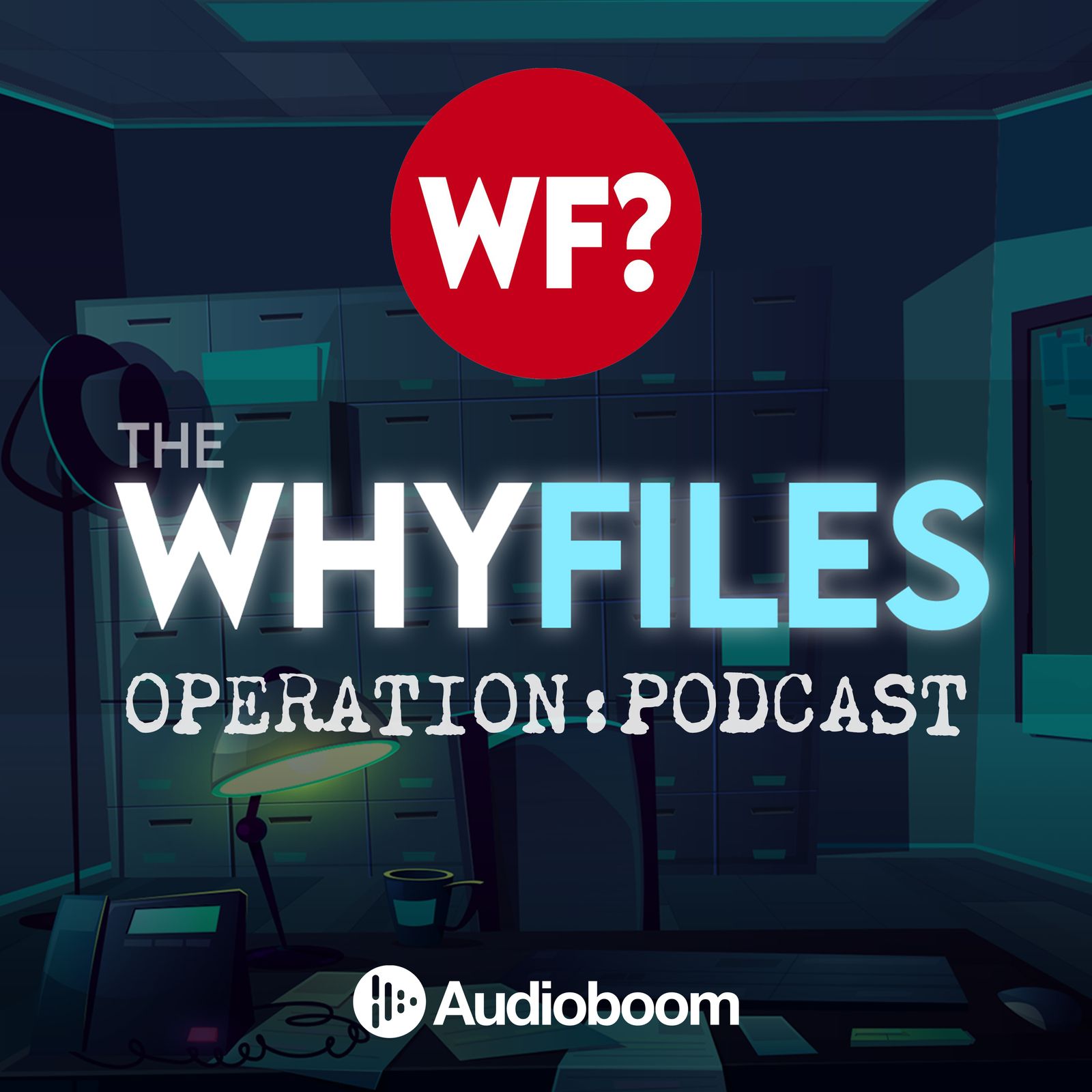
The Why Files: Operation Podcast
The Why Files: Operation Podcast
Sightings
REVERB | QCODE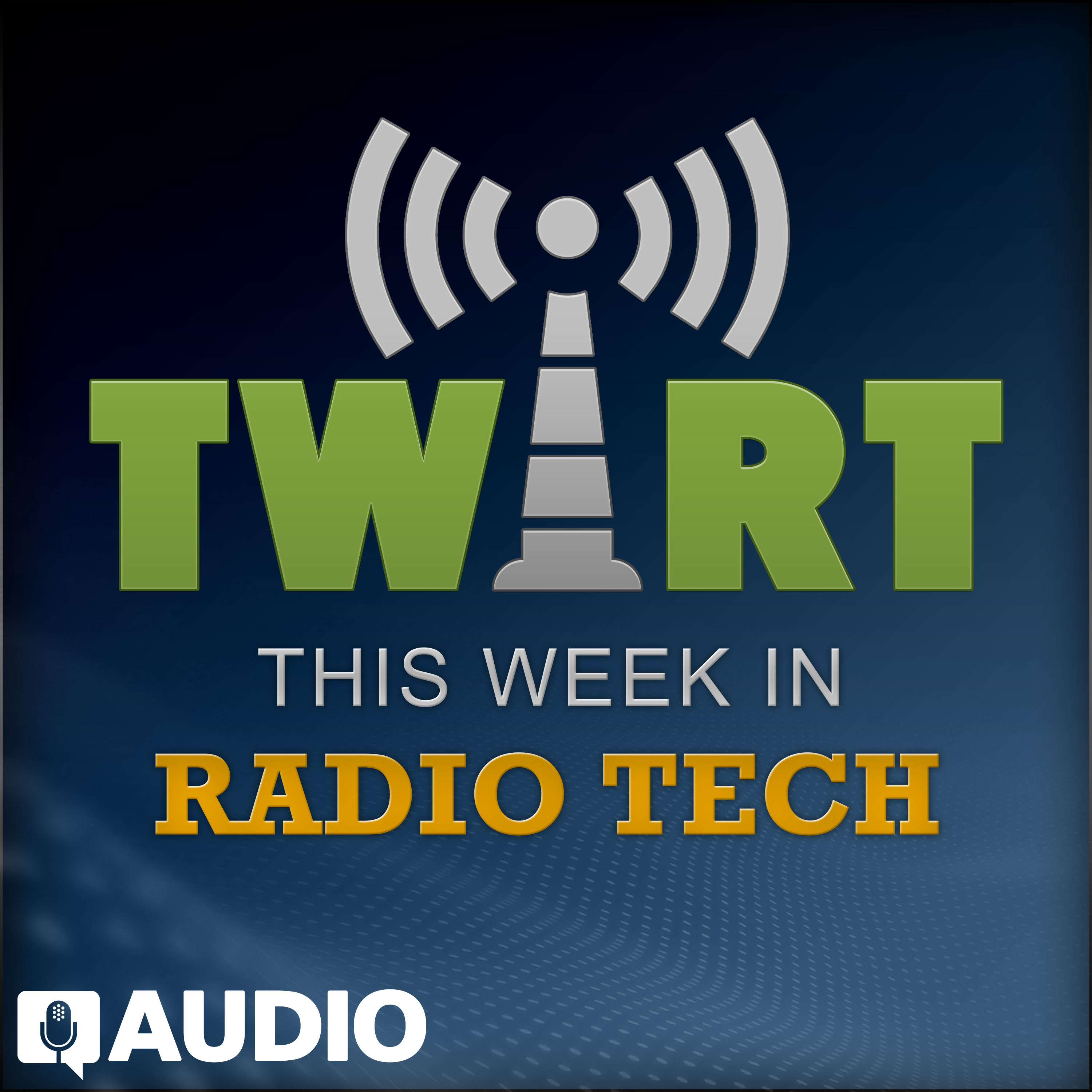
This Week In Radio Tech (TWiRT)
guysfromqueens
The Ezra Klein Show
New York Times Opinion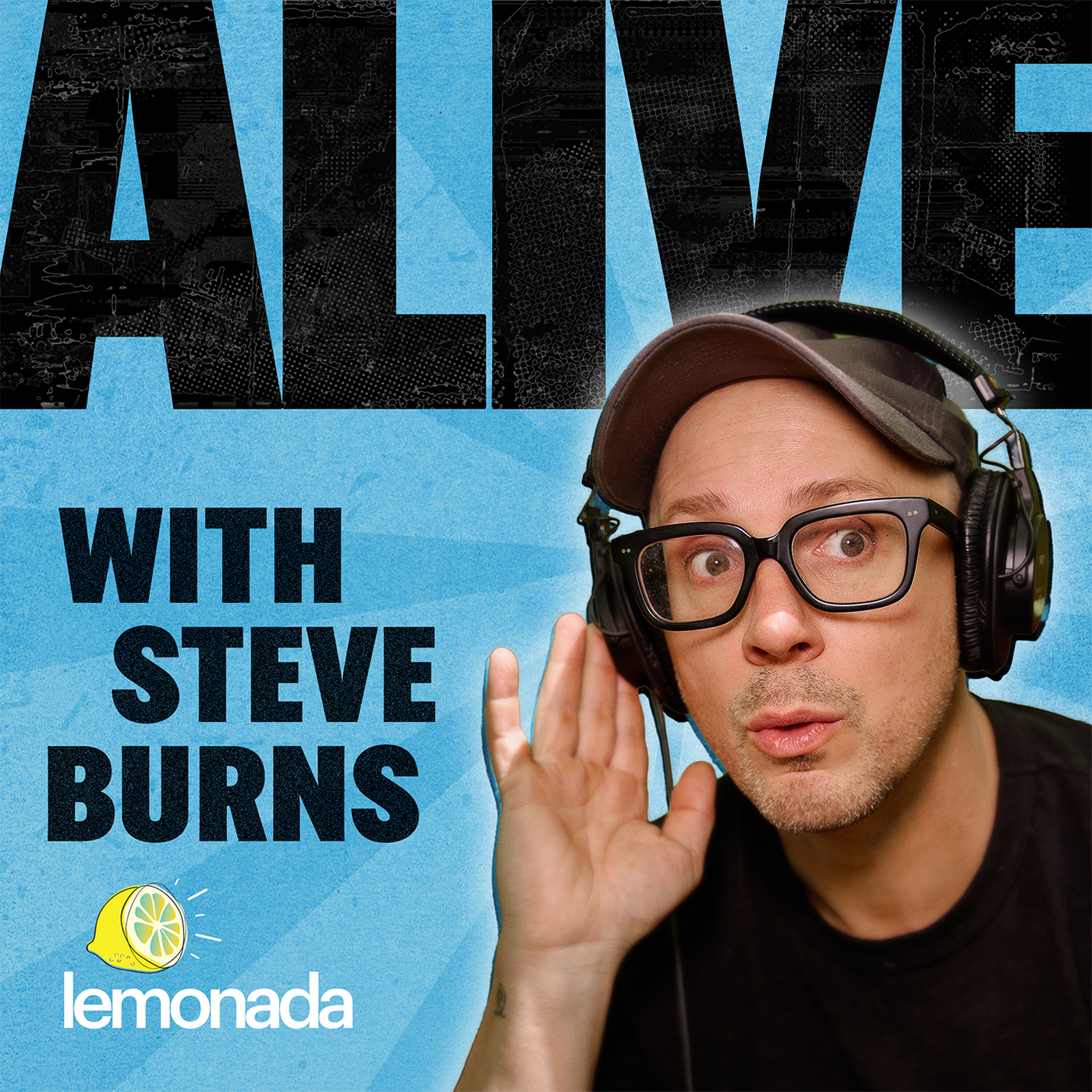
Alive with Steve Burns
Lemonada Media
Friends Who Pretend
Chris Bryant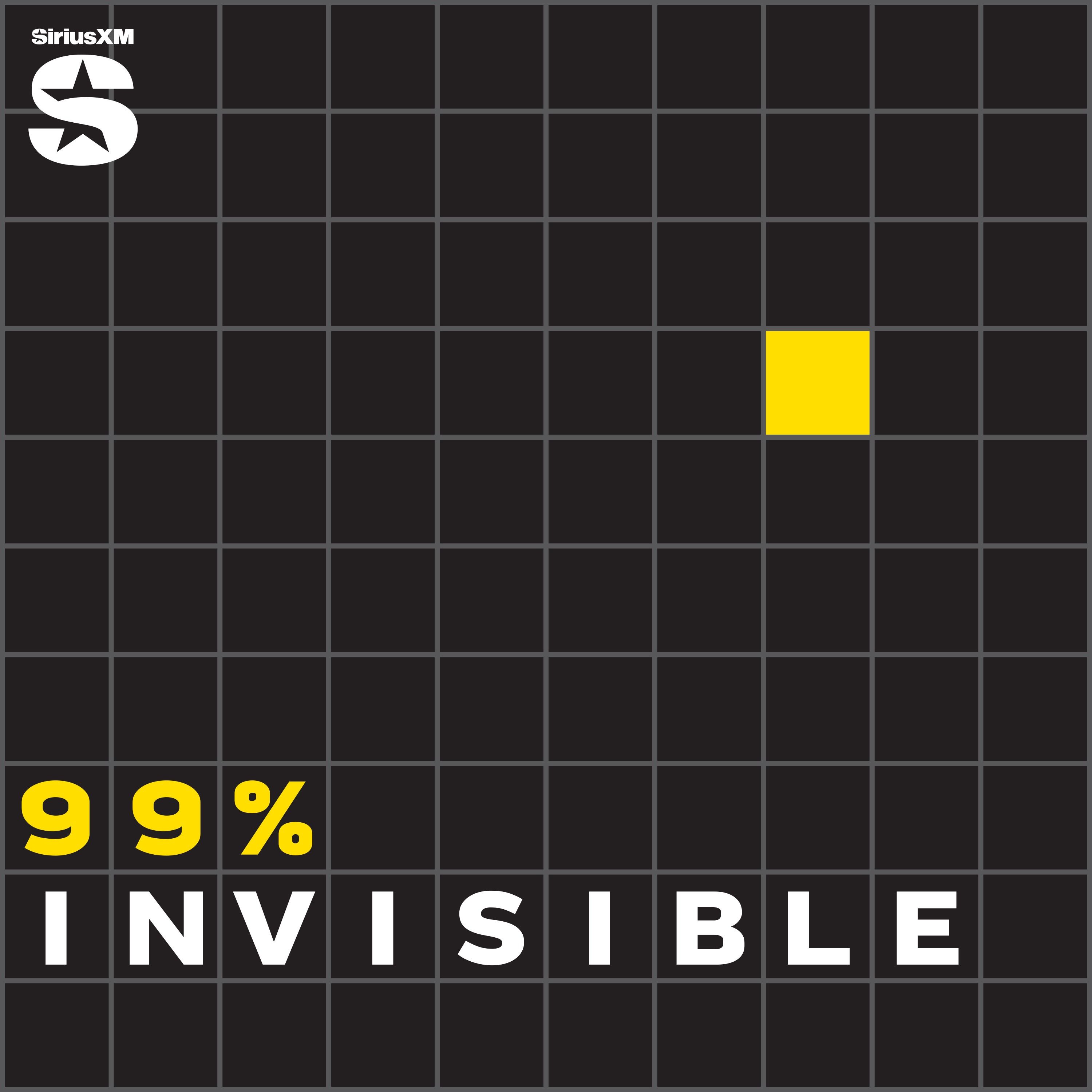
99% Invisible
Roman Mars
Hard Fork
The New York Times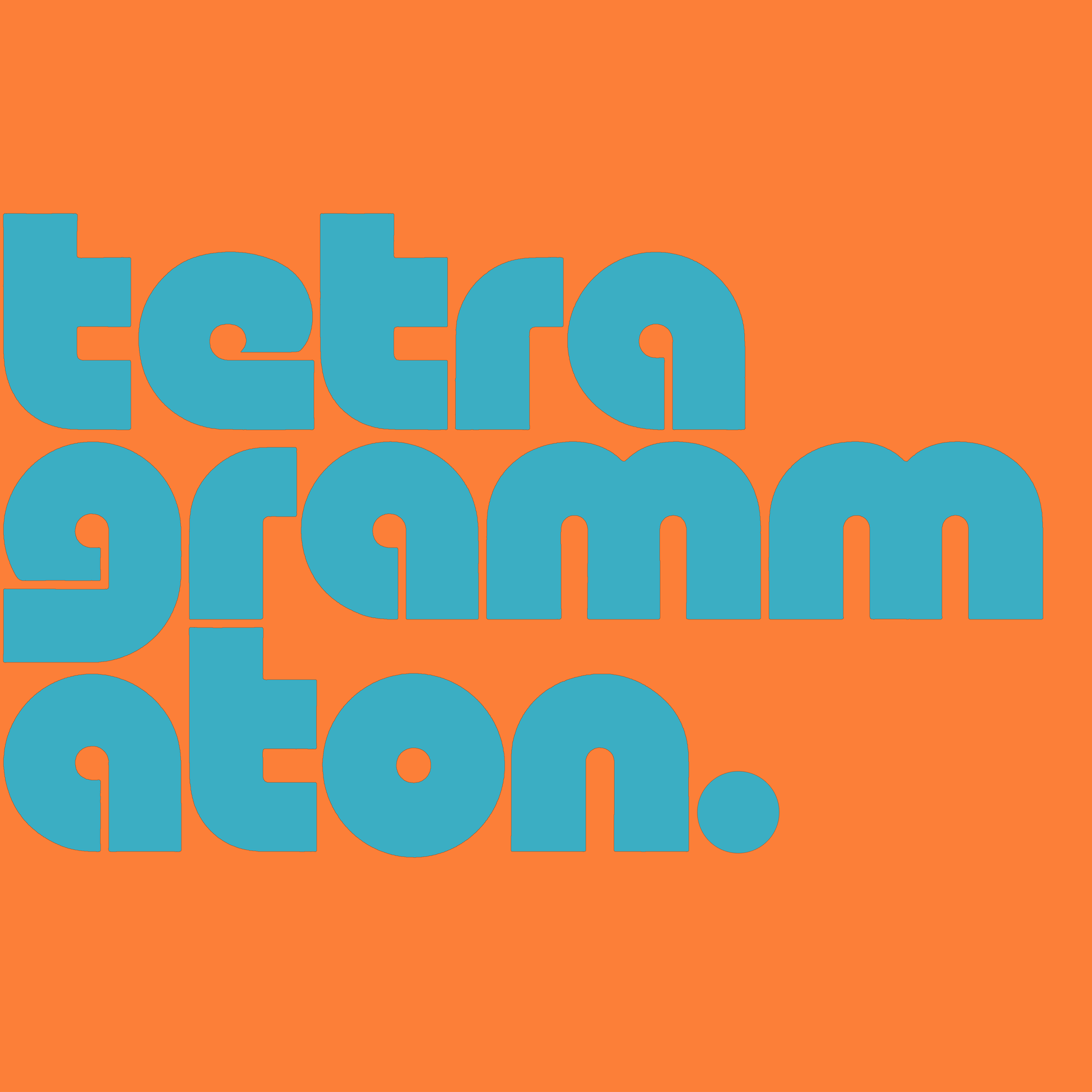
Tetragrammaton with Rick Rubin
Rick Rubin
The 404 Media Podcast
404 Media
The Daily
The New York Times
Honestly with Bari Weiss
The Free Press
Search Engine
PJ Vogt
Pod Save America
Crooked Media
Danny Jones Podcast
Danny Jones | QCODE
Darknet Diaries
Jack Rhysider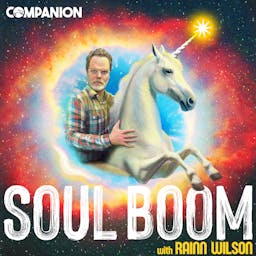
Soul Boom
Rainn Wilson
